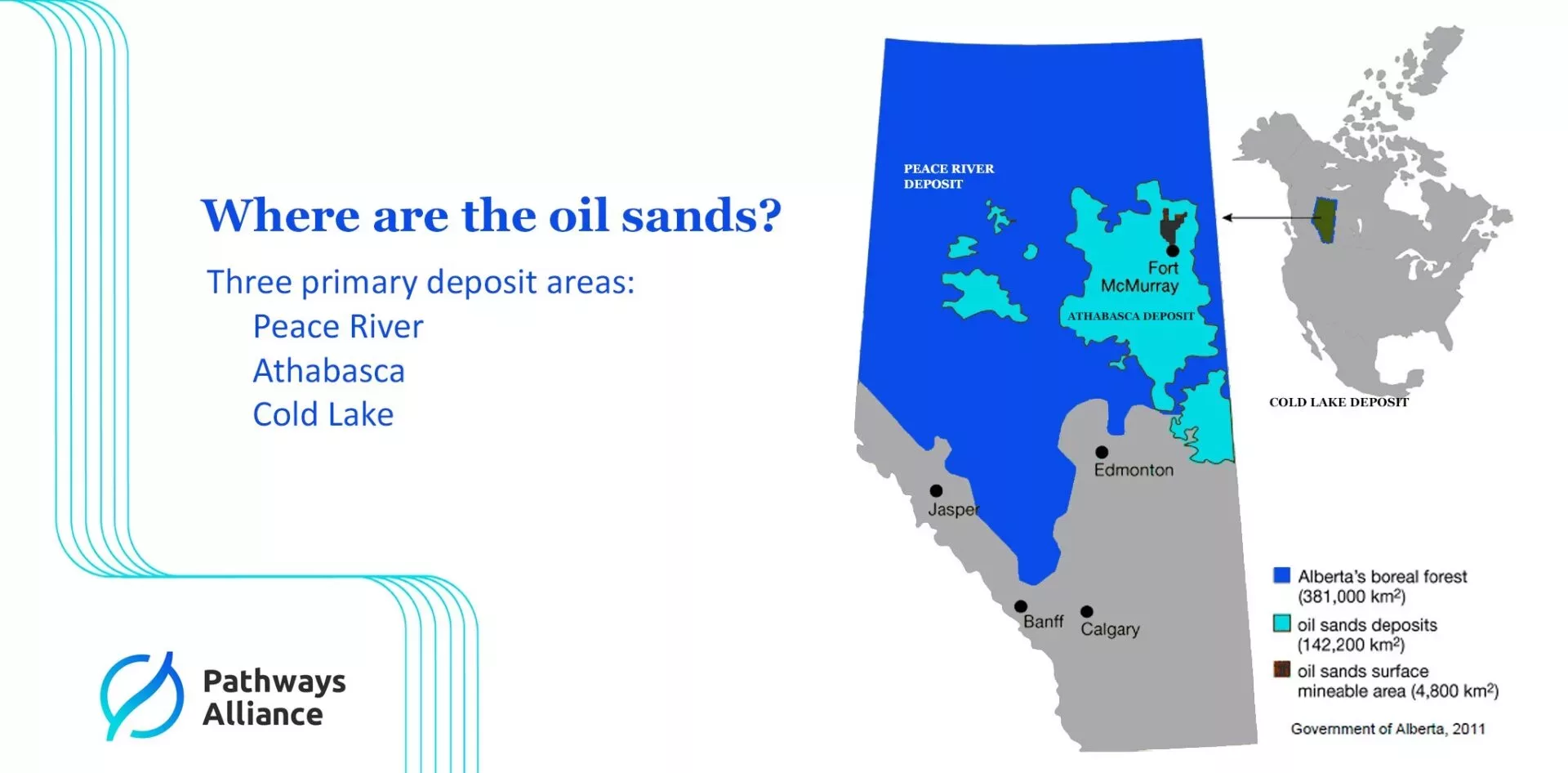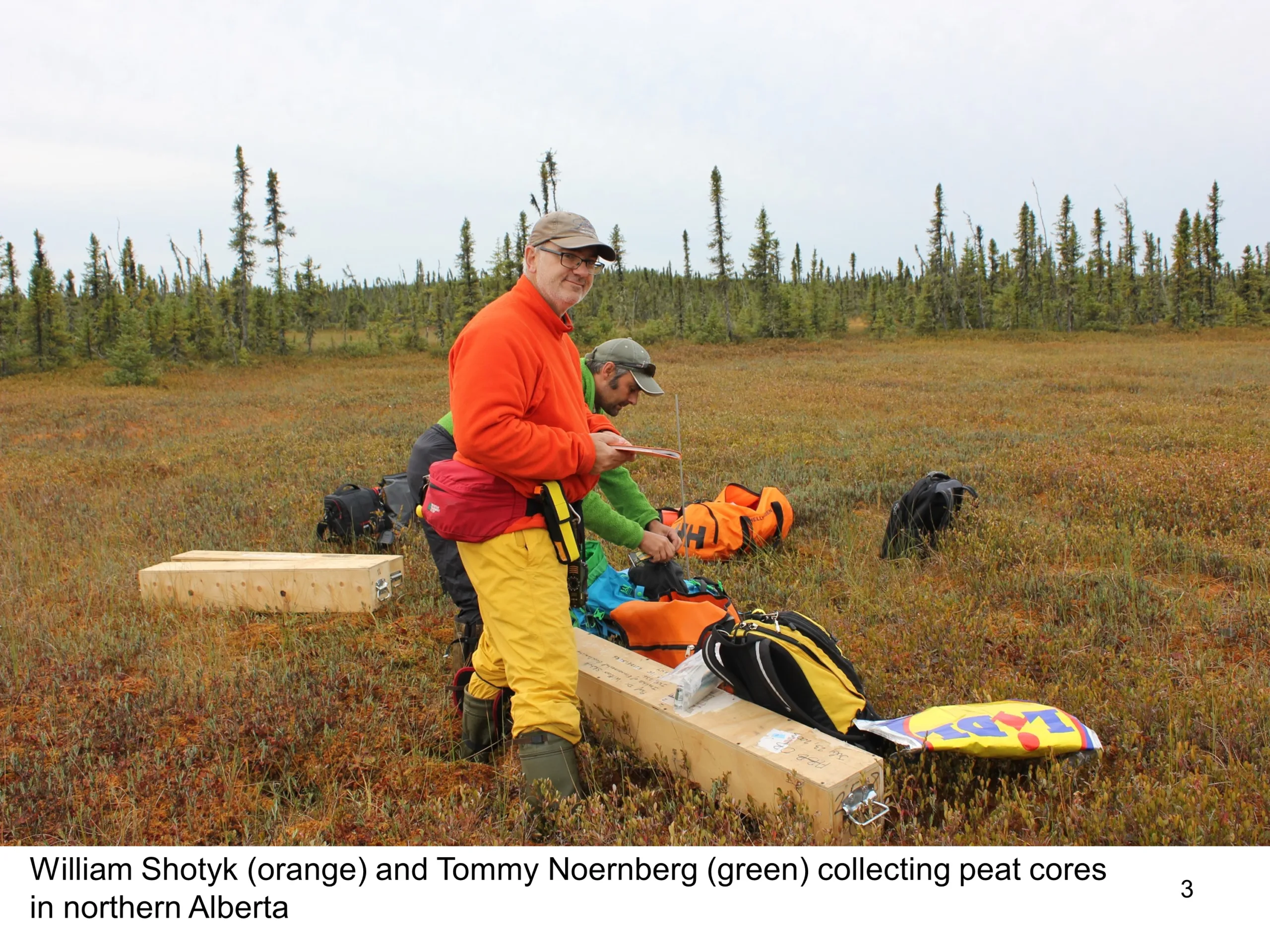Oil Sands 101: What’s different about Alberta’s oil sands

Alberta has about 10 per cent of the world’s oil reserves but the oil located here is much more difficult to recover than elsewhere in the world. That’s because the low-grade crude oil, called bitumen, is thick and viscous. It has a tar-like consistency and is almost solid at room temperature, which means it can’t be extracted from the ground using traditional drilling techniques. Early Alberta producers had to be innovative to find ways to access this oil resource.
Only about three per cent of Alberta’s oil sands are shallow enough to mined, that is the bitumen lies relatively close to the surface. Large mine haul trucks and hydraulic shovels are used to dig the ore out of the ground. It is then transported to a crusher to break it down into small pieces for extraction. Hot water is used to separate the bitumen from the sand, clay and water and the bitumen is sent on to a treatment plant for processing.
The leftover sand, water and clay is deposited in temporary storage ponds, from where up to 90 per cent of the process water can be recycled back into the operations. Once the sand and clay settles in the tailings pond, it is stored and used later when the land is ready to be reclaimed. (All oil sands producers are required by law to return disturbed sites to natural habitat once facility operations cease).
Producers had to come up with novel ways to extract the bitumen from the other 80 per cent of the oil sands where it was located deep underground. These bitumen deposits are extracted in place (in situ) using a steam process and two wells. Steam is injected into the first well, heating the underground reservoir so that the bitumen becomes less thick and flows to the second well where it is pumped to the surface for processing. No tailings ponds are needed for in situ extraction.
Did you know Alberta’s oil sands make up 95 per cent of Canada’s oil reserves? Located in the northeastern part of the province, there are three main deposit areas: Peace River, Athabasca and Cold Lake.
There’s a myth out there that the oil sands, especially mining, are destroying Canada’s boreal forest, a unique ecosystem that stretches around the globe. In fact, the environmental footprint of active mining is about 895 square kilometers, slightly larger than the city of Calgary.
Since 1967, the total amount of boreal forest disturbed by oil sands mining is just 0.2 per cent of Canada’s entire boreal forest. The Government of Alberta requires companies to remediate and reclaim all disturbed land after the oil sands have been extracted by either through mining or in situ operations.
Reclamation means returning the land to a self-sustaining ecosystem with a variety of local vegetation and wildlife.


